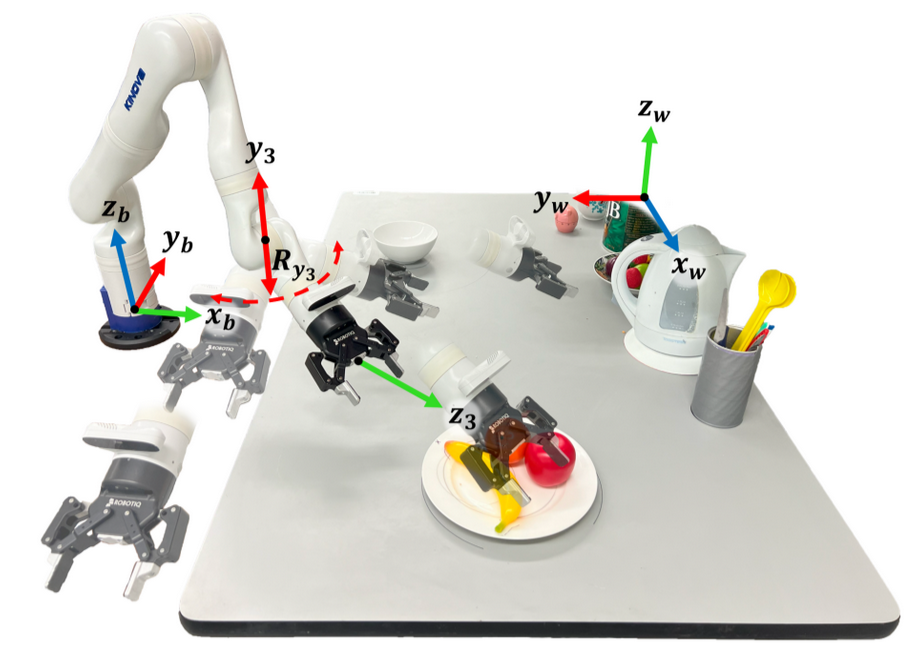
People: Laura Petrich; Martin
Jagersand
Human assistive robotics can help the elderly and those with disabilities with
Activities of Daily Living (ADL). Robotics researchers approach this bottom-up publishing on methods
for control of different types of movements. Health research on the other hand focuses on hospital
clinical assessment and rehabilitation using the International Classification of Functioning (ICF),
leaving arguably important differences between each domain. In particular, little is known
quantitatively on what ADLs humans perform in their ordinary environment - at home, work etc. This
information can guide robotics development and prioritize what technology to deploy for in-home
assistive robotics. This study targets several large lifelogging databases, where we compute (i) ADL
task frequency from long-term low sampling frequency video and Internet of Things (IoT) sensor data,
and (ii) short term arm and hand movement data from 30 fps video data of domestic tasks. Robotics and
health care have different terms and taxonomies for representing tasks and motions. From the
quantitative ADL task and ICF motion data we derive and discuss a robotics-relevant taxonomy in
attempts to ameliorate these taxonomic differences.
 Point and Go: Intuitive Reference Frame Reallocation in Mode
Point and Go: Intuitive Reference Frame Reallocation in Mode  Robot Manipulation through Image Segmentation and Geometric Constraints
Robot Manipulation through Image Segmentation and Geometric Constraints
 Back2Future-SIM: Interactable
Immersive Virtual World For Teleoperation
Back2Future-SIM: Interactable
Immersive Virtual World For Teleoperation Visual Servoing Based Path
Following Controller
Visual Servoing Based Path
Following Controller Actuation Subspace
Prediction with Neural Householder Transforms
Actuation Subspace
Prediction with Neural Householder Transforms Understanding Manipulation Contexts
by Vision and Language for Robotic Vision
Understanding Manipulation Contexts
by Vision and Language for Robotic Vision Learning Geometry
from Vision for Robotic Manipulation
Learning Geometry
from Vision for Robotic Manipulation 1
1 2
2 3
3 4
4 5
5 6
6 7
7









